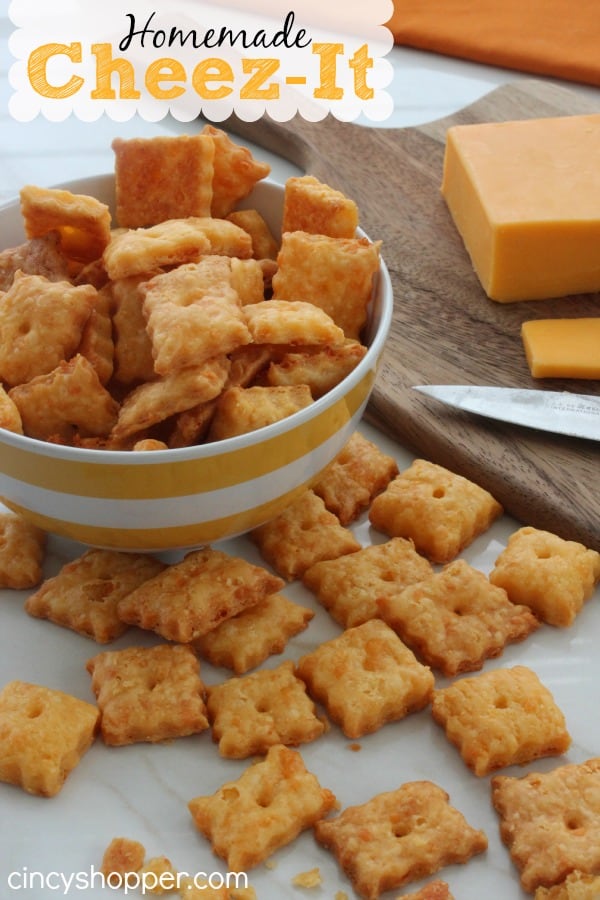

We’ll explain them more in the next section, but first, let’s do a quick overview of the process: The cheese-making process comes down to 10 essential steps.

However, all cheese making follows the same general process, especially when it comes to the earlier steps. With so many different varieties of cheese, of course, there are differences in the cheese-making process, depending on what cheese is being made.

Another term you may hear is a cheesemonger, but this technically refers to someone who sells cheese. So, how does milk turn into cheese? It’s a natural process that requires some help from artisans, known as fromagers or, simply, cheesemakers. Some cheeses may be made with identical ingredients, but the end product will differ based on different aging processes. Milk and coagulant are the main components of cheese, but cheese can also include sources of flavoring, such as salt, brine, herbs, spices and even wine. Rennet is an enzyme complex that is genetically engineered through microbial bioprocessing. Traditional rennet cheeses are actually made with rennin, the enzyme rennet is meant to replicate. Rennin, also known as chymosin, is an enzyme that is naturally produced in the stomachs of calves and other mammals to help them digest milk. The coagulant may be a type of acid or, more commonly, rennet. Another important ingredient in cheese is a coagulant, which helps the milk turn into curds. Milk doesn’t turn into delicious cheese on its own. Other cheeses can be made from horse’s or even yak’s milk. For example, camel’s milk is the basis for the South African caracane cheese. Most mass-produced mozzarella today is made with cow’s milk.Įven more obscure types of milk can be used to make regional specialty cheeses. Buffalo milk: Water buffalo milk is not a common cheese ingredient, but it has made a name for itself in the world of cheese making as the traditional choice for mozzarella.In addition to fresh chèvre, other examples of goat’s milk cheeses include Le Chevrot and French Bucheron. Goat’s milk cheese is known in French as chèvre. Goat’s milk: Goat’s milk is also used to make some delicious cheeses, with a distinctive tangy flavor.Some popular types of sheep’s milk cheeses are feta, Roquefort, manchego and petit basque. Sheep’s milk: Sheep’s milk isn’t commonly enjoyed as a beverage since it’s so high in lactose, but it makes an excellent base for cheese.Some examples of cow’s milk cheeses include cheddar, swiss and gouda, among many others. This is due in part to the wide availability of cow’s milk and the fact that it offers optimal amounts of fat and protein. Cow’s milk: Most cheeses are made with cow’s milk.Some common types of milk used in cheese making include: While all cheeses have milk in common, the type of milk can differ from cheese to cheese. There are countless types of cheese, all of which have their own distinct textures and flavors, but all these cheeses start out with the same star ingredient: milk. The next time you enjoy your favorite cheese, you may have a greater appreciation for the labor and care that goes into creating this delicious product. We’ll look at the ingredients that go into cheese making and break down the process, step by step. Clyde Weaver, we know this process inside and out, so we’re here to demystify the magic of the art of cheese making. We can all agree cheese is delicious, but even self-declared cheese lovers may not know much about the cheese-making process.Īt S. After all, who doesn’t love cheese? We shred it on top of pasta or potatoes, add a slice to our favorite sandwich or enjoy it as a fabulous snack or appetizer with a glass of wine. If you read our ultimate cheese guide, your mouth was probably watering by the end of it.


 0 kommentar(er)
0 kommentar(er)
